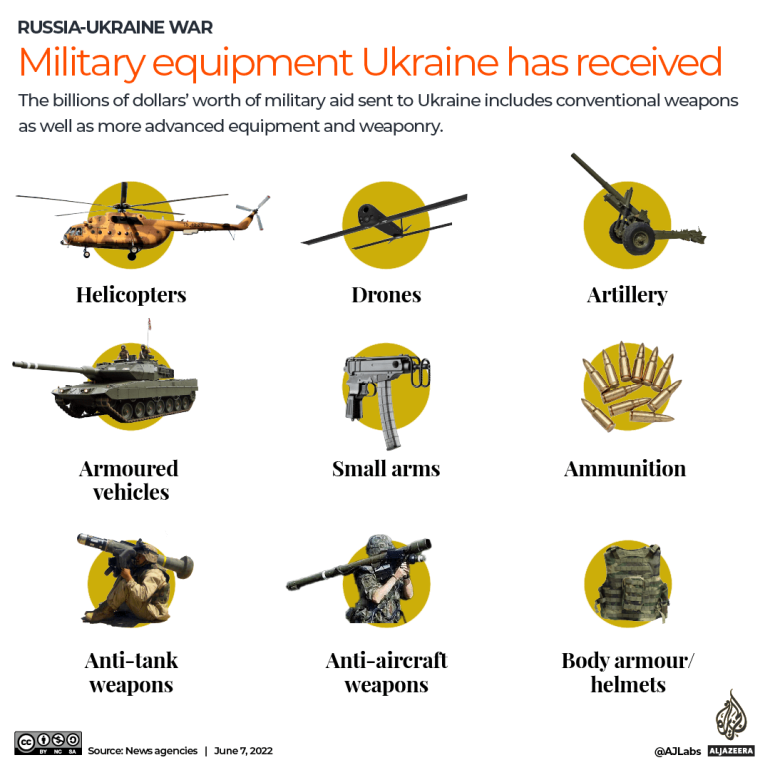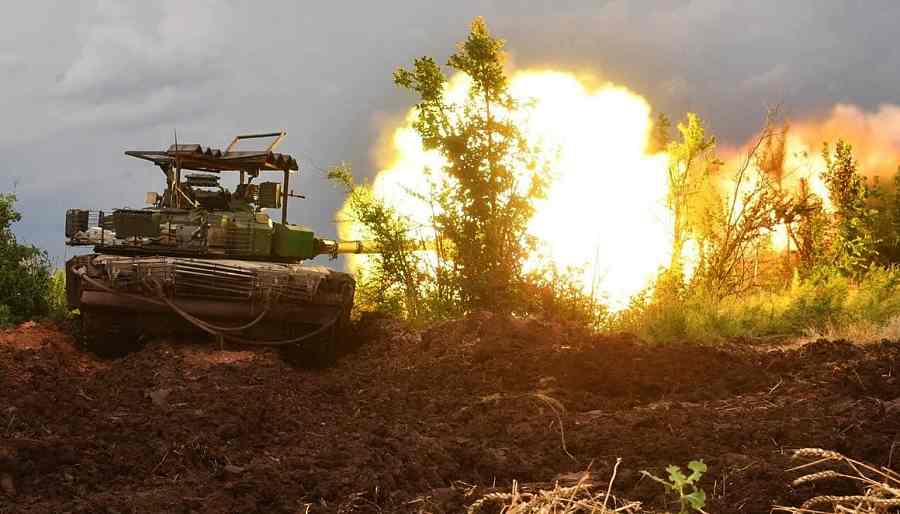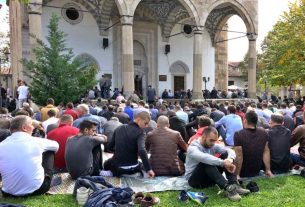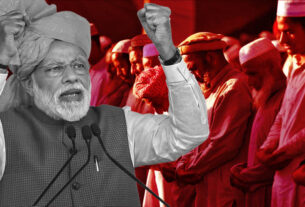Thu 13 July 2023:
Assessment of Ukraine’s counteroffensive suggests it has retaken 253sq km (98sq miles) of its territory since June.
Ukraine’s counteroffensive slowed down visibly in the 72nd week of the war because of entrenched Russian defences as NATO allies pledged more heavy weaponry for the fight.
That assessment was given by Ukrainian President Volodymyr Zelenskyy in an interview, but even as he spoke, the United States was helping to move Ukraine past that obstacle, pledging to give it cluster bombs designed for use against heavily fortified defensive positions.
Other NATO allies meeting in Vilnius, Lithuania, on Tuesday and Wednesday also announced significant new weapons pledges.
Despite their battlefield difficulties, Ukrainian forces have continued to advance. Ukraine’s general staff said its forces seized 4sq km (1.8sq miles) over the previous week around the eastern city of Bakhmut. That would bring to 162sq km (63sq miles) the territory Ukraine claims to have recaptured since its counteroffensive began on June 4.
But the Washington-based Institute for the Study of War (ISW) think tank made its own independent assessment of recaptured territory and said the figure was closer to 253sq km (98sq miles).
“Russian forces have captured a total of 282 square kilometers in the entire theater since January 1. In five weeks, Ukrainian forces have liberated nearly the same amount of territory that Russian forces captured in over six months,” the ISW said.
A Ukrainian military intelligence unit commander said Bakhmut – almost completely occupied by Russian forces in early May after the war’s longest and bloodiest battle – was slowly but steadily falling back into Ukrainian hands.
“We are starting to enter those territories that we did not control from the very beginning [of the war],” Mykola Volokhov, commander of the intelligence unit Terra, said, referring to territory Russia seized in 2014.

Russians ‘retreat on foot’
The Bakhmut territorial gains appear to be especially significant. Ukrainian Deputy Defence Minister Hanna Maliar said Ukrainian forces managed to capture key heights over Bakhmut, putting their artillery in range of Russian positions in the city itself.
“Our defenders have been keeping the entrances, exits and movement of the enemy through the city under fire control for several days,” she wrote on Telegram.
Ukrainian forces have been inching closer to the town as they push forward north and south of Bakhmut in an enveloping action.
Ukrainian-Canadian Journalist Alex Roslin said Russian units retreated in a disorderly fashion at Klishchiivka on Friday, were suffering from poor morale and were overwhelmed by Ukrainian bombardment.
“A powerful Ukrainian assault forced Russia’s 83rd Airborne Assault Brigade to retreat on foot without an evacuation plan, only to be given ‘illegally issued orders’ to go right back to the front, the Russian troops complained in a video appeal,” Roslin wrote.
“Russian draftees in another unit at Klishchiivka – the 142nd Regiment – also refused to fight after suffering heavy losses under Ukrainian fire while being sent into combat without ammunition, their relatives said in an appeal. Some of the refuseniks were reportedly being held in a pit.”
Russian morale has been an issue elsewhere on the front as well.
Two Russian sources said Russian Chief of Staff Valery Gerasimov dismissed Major General Ivan Popov, commander of the 58th Combined Arms Army (CAA), after the latter complained a rotation of his men facing a Ukrainian counteroffensive south of Orikhiv in the western Zaporizia region was long overdue. The 58th CAA has reportedly been on the front lines since October.
The reports appeared to confirm a suspected lack of strategic Russian war reserves.
Wagner off the hook?
That in turn could be related to the apparent leniency with which Wagner Group mercenaries are being treated after a mutiny on June 24.
Under an agreement Belarusian President Alexander Lukashenko brokered, Wagner leader Yevgeny Prigozhin would escape treason charges and enjoy amnesty in Belarus. But on Thursday, Lukashenko said Prigozhin was no longer on Belarusian soil but in St Petersburg or Moscow.
Four days later, Kremlin spokesman Dmitry Peskov told reporters Prigozhin and 34 of his commanders had met for three hours with Russian President Vladimir Putin in Moscow five days after the mutiny.
“[Putin] gave an assessment of the company’s actions at the front … and also gave his assessment of the events of June 24, listened to the explanations of the commanders and offered them further options for employment,” Peskov said.
“They emphasized that they are staunch supporters and soldiers of the head of state and the supreme commander in chief,” he said.
The speed with which Putin forgave Wagner suggested to many observers that the president needed the mercenaries as effective fighters more than he needed to make examples of them.
A Russian military reporter quoted Wagner commander Anton “Lotos” Yelizarov as saying in an interview that Moscow authorities would not prosecute Wagner personnel. Putin offered Wagner troops a choice between signing contracts with the Russian military or going to camps being built for them in Belarus.
Lukashenko said those camps remained empty, and there were no signs Wagner fighters were signing up with the Russian military, suggesting the mercenaries remained unmolested in their bases in Russia.

Breaking Russian defences
On the southern front, the Ukrainian general staff said its troops have advanced 8.6km (4 miles) during the five weeks of the counteroffensive. Two main prongs of the attack in the region were aiming to liberate the ports of Berdyansk and Melitopol in Zaporizhia.
Russian defences in this area were especially strong, Zelenskyy said in his interview, adding that he had been in favour of an earlier counteroffensive that did not give Russian forces time to dig in.
Ahead of this week’s NATO summit, US President Joe Biden’s administration announced it had decided to supply Ukraine with cluster munitions. These are controversial because each shell releases hundreds of bomblets that cover a wide area. That makes them ideal in trench warfare, but because some bomblets fail to explode, they leave hazards for civilians.
Carnegie Endowment Senior Fellow Michael Kofman said the cluster bombs – known as a dual-purpose improved conventional munitions (DPICMs) – would greatly enhance Ukraine’s counteroffensive by helping to dislodge Russian defenders from trenches while bridging an artillery shortage.
“While [Ukraine] retains the bulk of its combat power, artillery use rate is likely higher than anticipated, especially as the past weeks have seen a largely attritional approach,” Kofman wrote.
“Consequently, Ukraine’s hardest limit is probably not manpower, or equipment, but artillery ammunition. This is foremost about the numbers. Providing DPICM gives access to a sizable stockpile of artillery ammo that can alleviate the time pressure on Ukraine operations.”
Ukrainian Defence Minister Oleksii Reznikov said he welcomed the decision, based on Ukrainian assurances to use the weapons only on occupied Ukrainian soil. Kyiv also promised not to deploy them in Russian territory or urban centres and said it would meticulously record the locations, share them with allies and bomb-sweep them after the war.
Ukraine’s allies promised more weapons at the Vilnius summit. France will reportedly join Britain in sending Storm Shadow missiles with a 250km (120-mile) range. Germany will provide two Patriot air defence launchers, 40 Marder infantry fighting vehicles and 25 Leopard 1A5 main battle tanks, part of a promised total of 100.

SOURCE: AL JAZEERA
______________________________________________________________
FOLLOW INDEPENDENT PRESS:
TWITTER (CLICK HERE)
https://twitter.com/IpIndependent
FACEBOOK (CLICK HERE)
https://web.facebook.com/ipindependent
Think your friends would be interested? Share this story!





